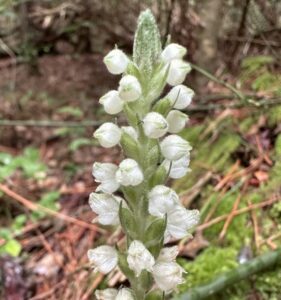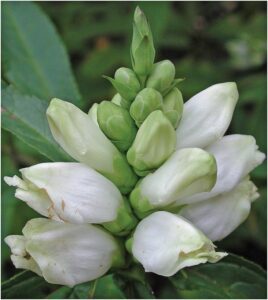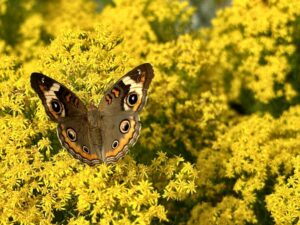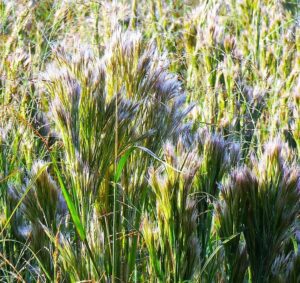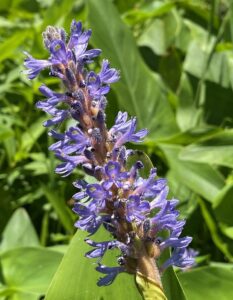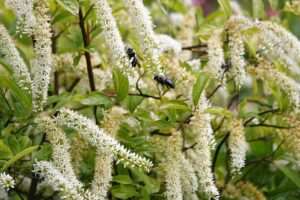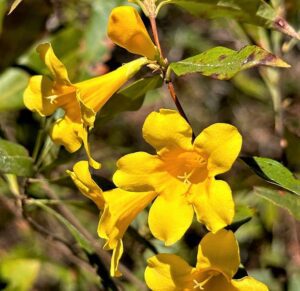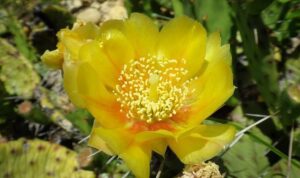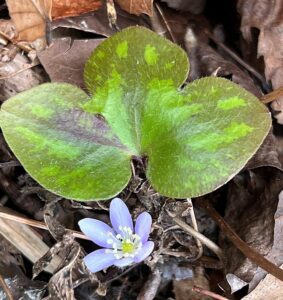Posts by VNPS Communications
Downy Rattlesnake Plantain: Winter Woodland Orchid
By Betsy Washington, Northern Neck Native Plant Society One of my favorite sights while walking in winter woodlands are the beautiful evergreen leaves of Downy Rattlesnake Plantain, Goodyera pubescens. This eye-catching beauty is one of our most common woodland orchids and instantly recognizable by its exquisitely etched leaves with an intricate network of fine white…
Read MoreWildflower of the Year 2024 White Turtlehead (Chelone glabra)
VNPS offers White Turtlehead artwork on T-Shirts and other apparel. Visit our Online Store to order. White Turtlehead is a perennial herb rising from a rhizomatous rootstock. The smooth stems are only sparingly branched above and attain heights 0.5 to 2 m. Leaves are opposite, narrow, linear to lance-ovate, and up to 15 cm long,…
Read MoreNative and Invasive Plant Legislation in the 2024 General Assembly
The Virginia General Assembly convened January 10, 2024 and several bills were introduced in the Senate and House of Delegates that deal with native and invasive plants. The first step is to assign the bills to committees, then to subcommittees. Bills must pass the committee to be referred to the House or Senate for a…
Read MoreGorgeous Goldenrod Blooms Through Fall
By Betsy Washington, Northern Neck Native Plant Society Slender Flat-top Goldenrod (Euthamia caroliniana) is a beautiful deciduous, perennial closely related to goldenrods and is an underused but superior pollinator plant. Its nectar-rich flowers bloom over a long period from September into late fall, often lasting into November or even December. It is particularly important to…
Read MoreBeautiful Bushy Bluestem
By Betsy Washington, Northern Neck Chapter Fall is the time that our warm season grasses shine in the garden by adding movement, color, and drama to the landscape. Andropogon glomeratus, or Bushy Bluestem, also called Bushy Bluebeard, is a compact, beautiful native grass often reaching only 2 – 4’ high, with attractive foliage and distinctive…
Read MorePause for Pickerelweed
By Betsy Washington, Northern Neck Chapter Pickerelweed (Pontederia cordata) is a standout in any garden pond, or freshwater coastal stream or river when its showy lavender-blue flowers are held above the foliage on tall stems. This perennial grows in shallow water where it tolerates up to 2’ of occasional flooding but prefers less than one…
Read MoreStunning Sweetspire
By Betsy Washington, Northern Neck Chapter Virginia Sweetspire, Itea virginica, is a stunning deciduous to semi-evergreen shrub and the perfect choice for our May Plant of the Month as the long racemes of white flowers are just beginning to open on this first day of May. Typically growing from 3 – 5’ high and 4…
Read MoreCarolina Jessamine: Coastal Beauty
By Betsy Washington, Northern Neck Native Plant Society Chapter Carolina or Yellow Jessamine, Gelsemium sempervirens, is a stunning evergreen vine native to the southern United States and Mexico south to Guatemala. In Virginia, Carolina Jessamine is a coastal beauty, common along the southern and central Coastal Plain north to the counties of Lancaster and the…
Read MoreMy Discovery of the Eastern Prickly Pear
By Emily Byers, Jefferson Chapter I enjoy the surprise of blooms in my garden each year and always add new native species. Last Fall, I received two eastern prickly pears, Opuntia humifusa, from a fellow gardener. I planted both cacti in a “problem” area of my garden. The area is shaded, gritty stays dry, and reminds…
Read MoreHepatica Heralds Spring
By Betsy Washington, Northern Neck Native Plant Society Chapter One of the earliest signs of spring is the bloom of the Round-lobed Hepatica or Liverleaf, Hepatica americana. The lovely small flowers of this woodland wildflower look fragile but this hardy perennial blooms in the face of winter often as early as February. An array of…
Read More
